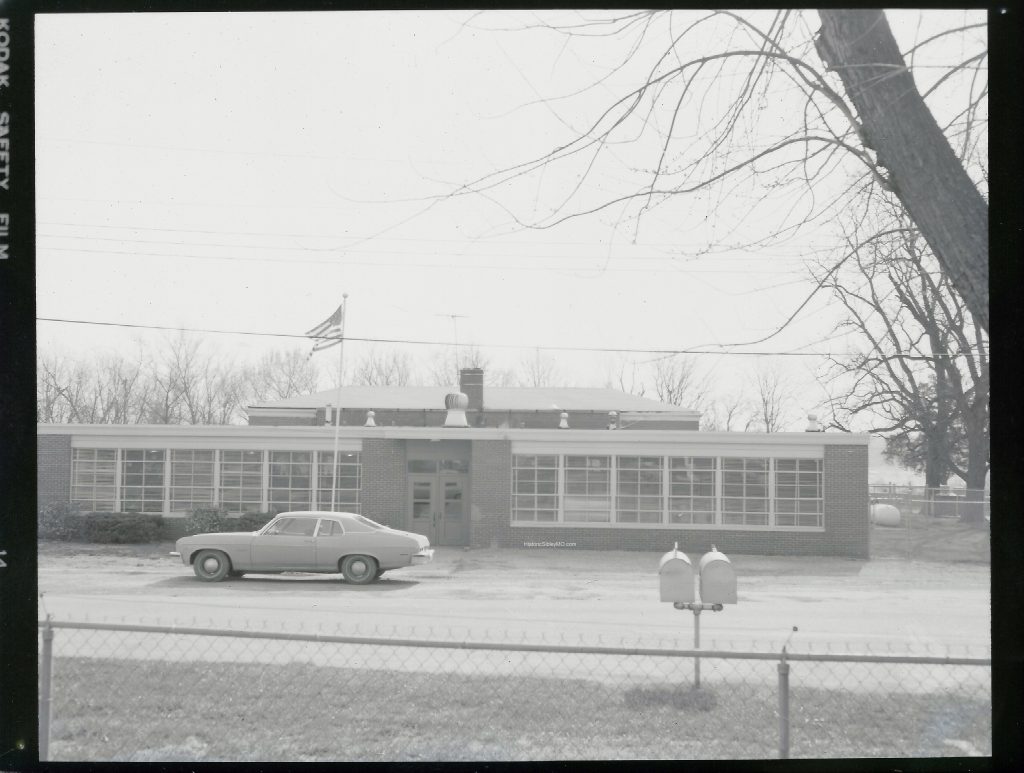Welcome to the website dedicated to exploring the history of the Sibley, Missouri area. The roots of this region trace back to the Middle Woodland period (1 A.D. – 500 A.D.), with the “Kansas City Hopewell” establishing villages on the bluffs where Fort Osage now stands.

In 1808, following the Lewis and Clark Expedition, a new fort emerged to fulfill dual roles in the newly acquired Louisiana Territory: to establish a military presence and to engage in trade with the Osage Indians, fostering better relations with the United States. By 1812, this area became part of the Missouri Territory after Louisiana gained statehood. The Missouri Compromise of 1821 paved the way for Missouri to enter the Union as a slave state. The era of government trading with the Indians concluded in 1822 with the abolition of the Factory System, making space for private traders. Fort Osage ceased operations in 1827 when Fort Leavenworth opened under the U.S. Army.
The Town of Sibley was officially laid out in 1836 by Archibald Gamble, the brother-in-law of Fort Osage’s factor George Sibley, after whom the town was named. Envisioning a thriving town centered on river trade, steamboat outfitting, and services for overland trail travelers, Sibley experienced modest prosperity in the late 1830s and early 1840s.

Despite its aspirations, Sibley remained a small village, overshadowed by Independence as Jackson County’s economic hub. Tragic events such as a devastating flood in 1844, destruction by Union forces in 1863 during the Civil War due to Confederate guerrilla activity, a major fire in 1878, and a tornado in 1880 hindered its growth. In 1887, with the advent of the Santa Fe railroad crossing the Missouri River at Sibley, the town’s center shifted about a half-mile south around the railroad depot, known as “New Sibley.”
Presently, Sibley is an incorporated village with a population of 357 (according to the 2010 Census). It is renowned for housing the Fort Osage National Historic Landmark, managed by Jackson County Parks + Rec.